__ Projects _____
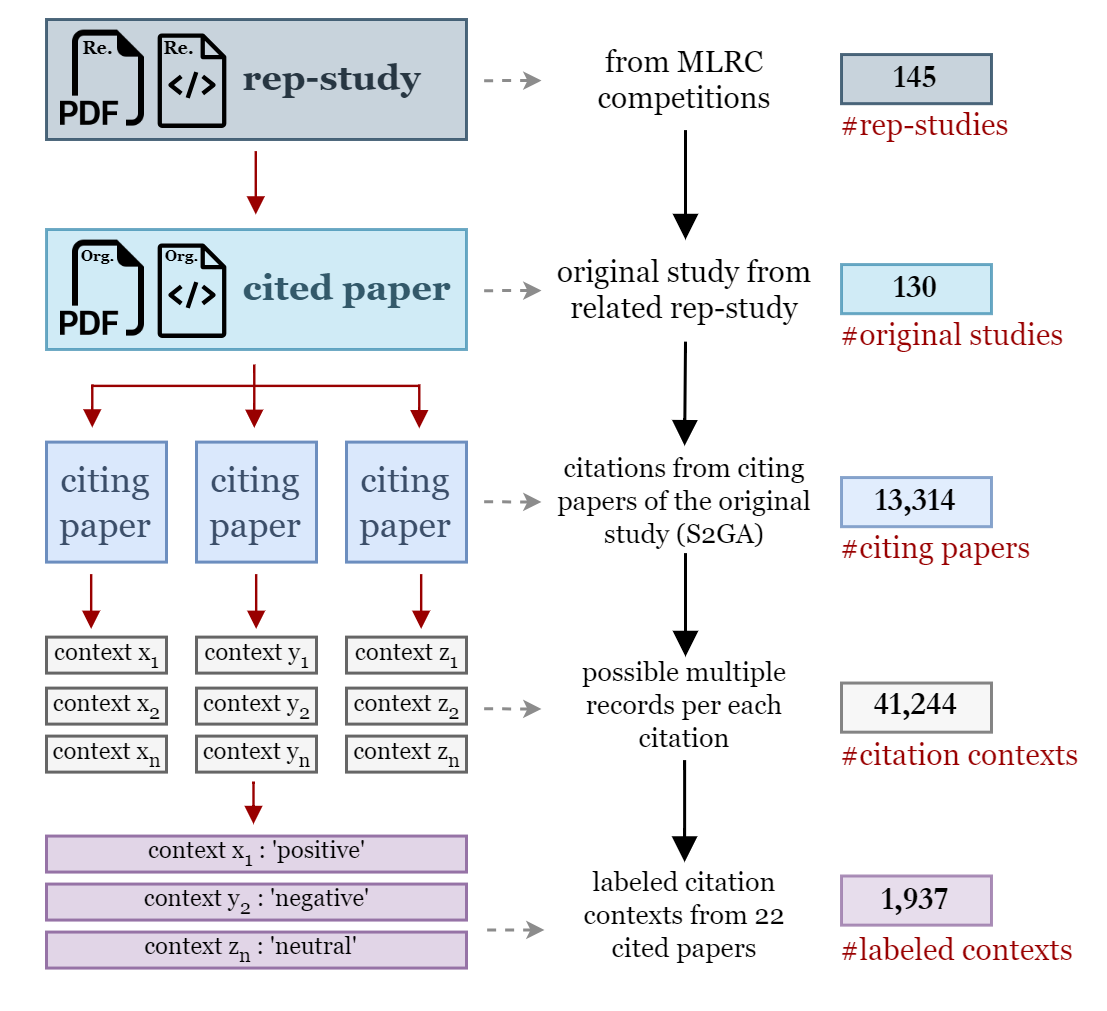
Citation Contexts for Reproducibility
Affiliation: Old Dominion University (Present - August 2023)
In this project we investigate the potential correlation between citation contexts from downstream citing papers and the cited paper's reproducibility in papers published in artificial intelligence venues. We have published our progress in ACM-REP'24.
References :
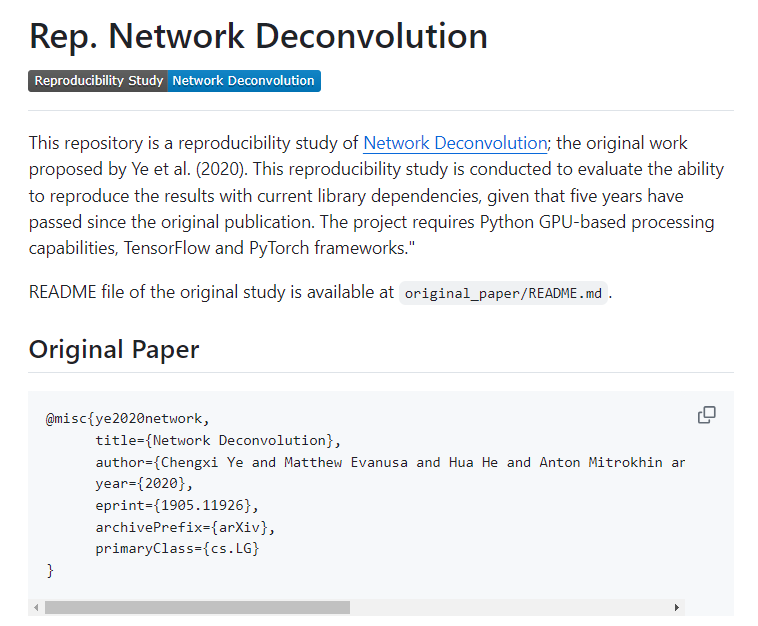
Rep. Network Deconvolution
Affiliation: Old Dominion University (Present - February 2024)
This is a reproducibility study of Network Deconvolution; the original work proposed by Ye et al. (2020). The study is conducted to evaluate the ability to reproduce the results with current library dependencies, given that five years have passed since the original publication. The project requires Python GPU-based processing capabilities, TensorFlow and PyTorch frameworks.
References :
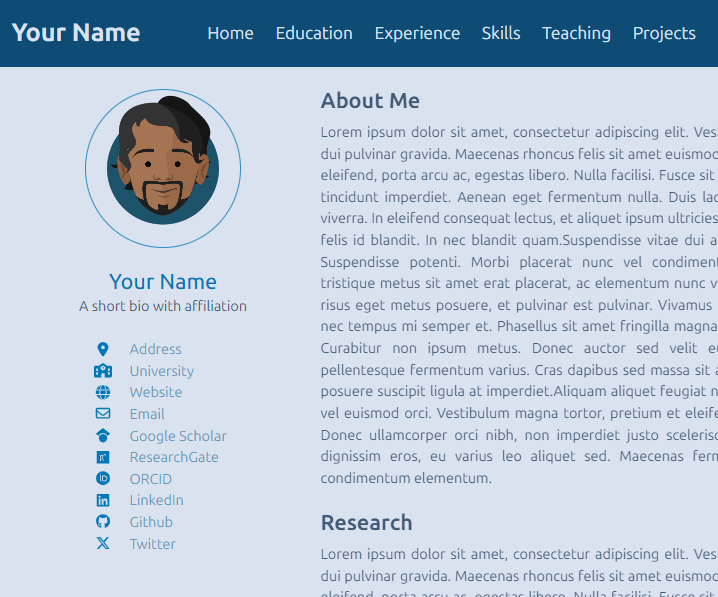
Academic Portfolio Template
Affiliation: Old Dominion University (July 2024 - May 2024)
This is a responsive academic portfolio template built using HTML, CSS, JavaScript, and Bootstrap. Designed for students, researchers, and academics. The template allows you to showcase your educational background, research projects, publications, and professional accomplishments in a clean and modern layout.
References :
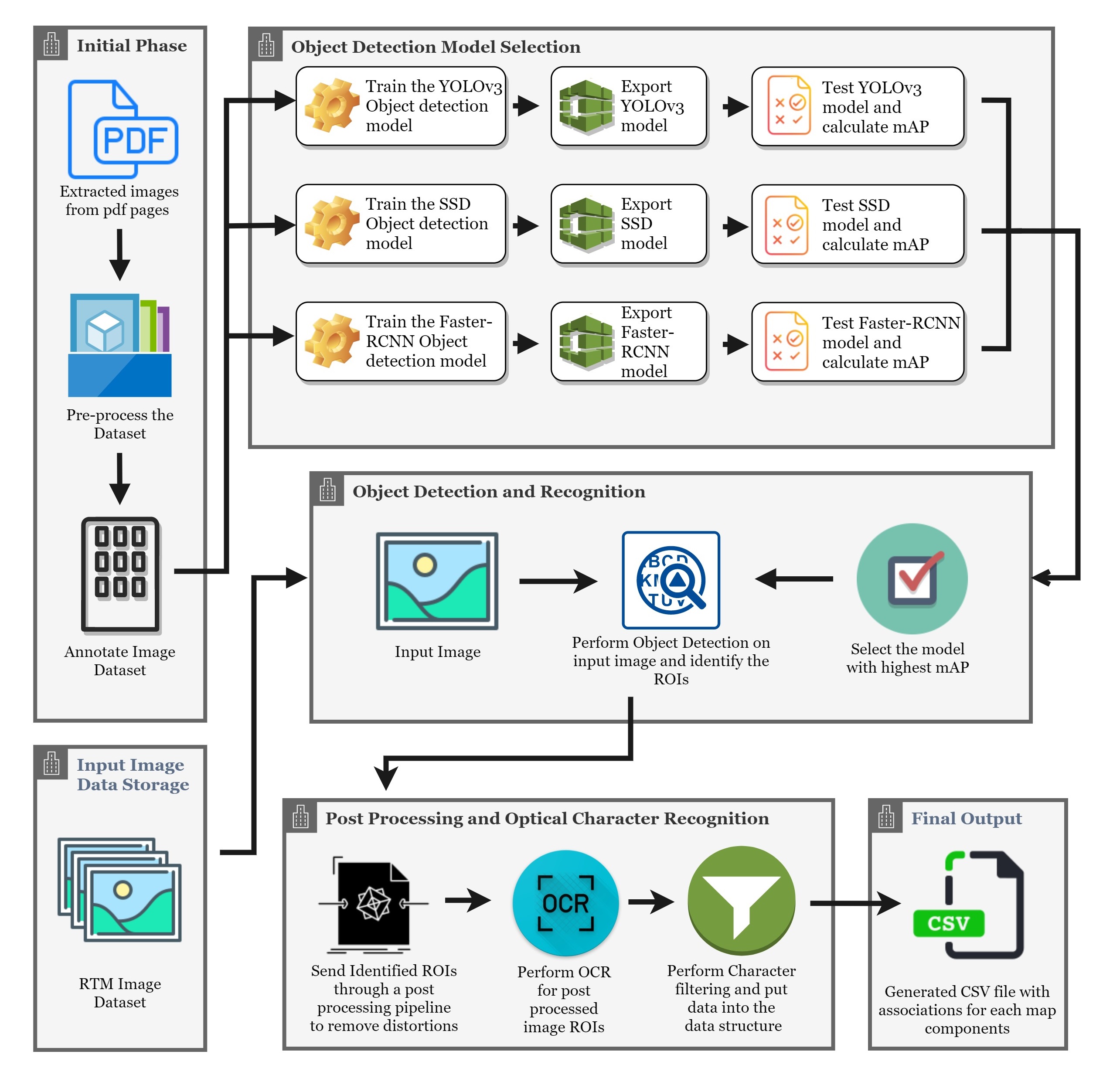
Railway Technical Map Component Identification
Affiliation: University of Peradeniya (March 2021 - April 2020)
This project aimed to develop an automated solution for identifying components and reading the content in railway technical maps using transfer learning. By leveraging pre-trained convolutional neural networks SSD, YOLOv3, and Faster-RCNN. The project fine-tuned these models on a specialized dataset of annotated railway maps to accurately detect and classify elements including signals, switches, milepost markers and control points.
References :
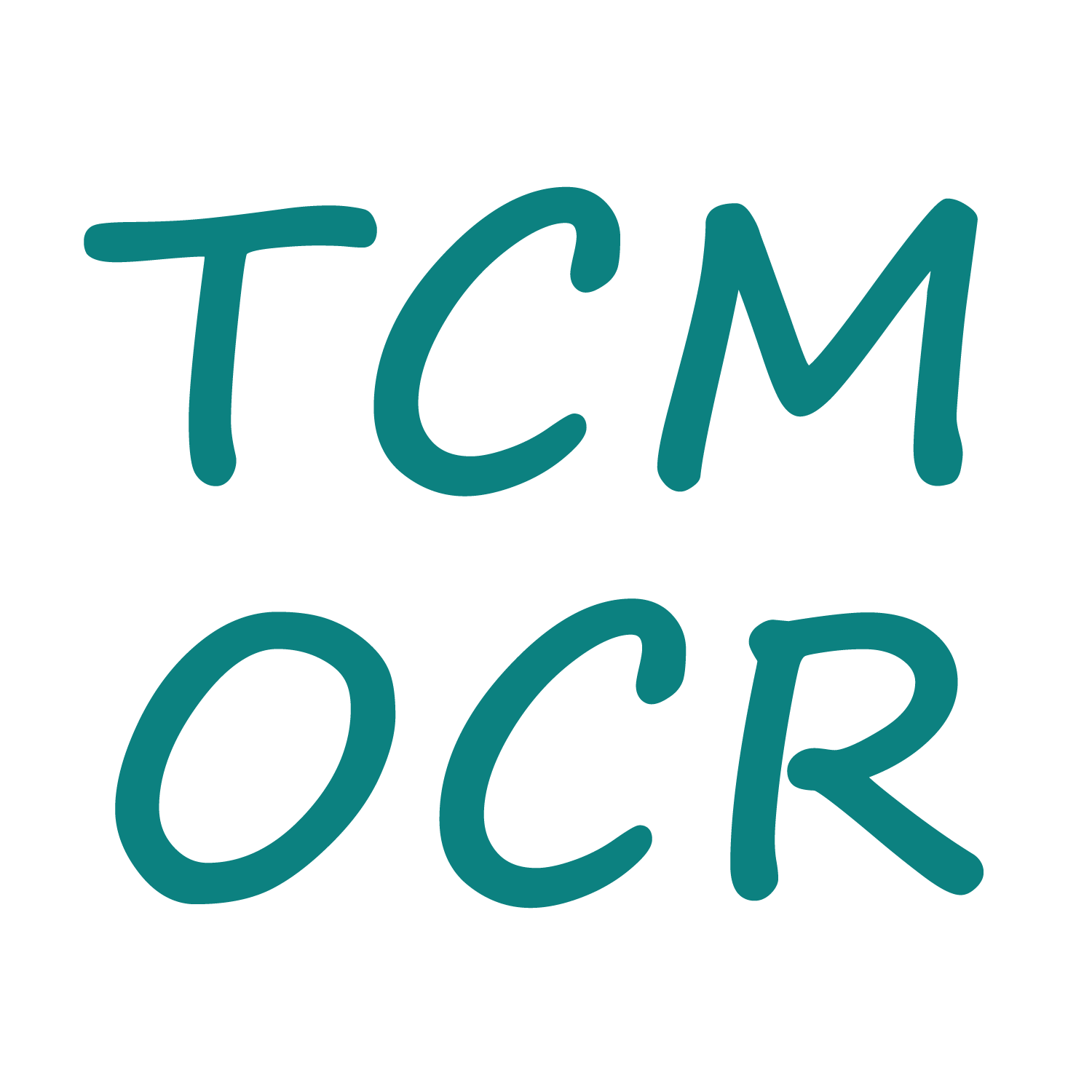
TCM-OCR Microservice
Affiliation: Kaleris (July 2023 - December 2020)
I developed a microservice that leverages Convolutional Neural Networks (CNN) and Optical Character Recognition (OCR) to read and process run ticket data for Truck Carrier Management portals and mobile applications. A key component of this solution was Faster-RCNN, which was employed to localize regions of interest on the run tickets. Subsequently, pytesseract was used to extract data within these ROIs.
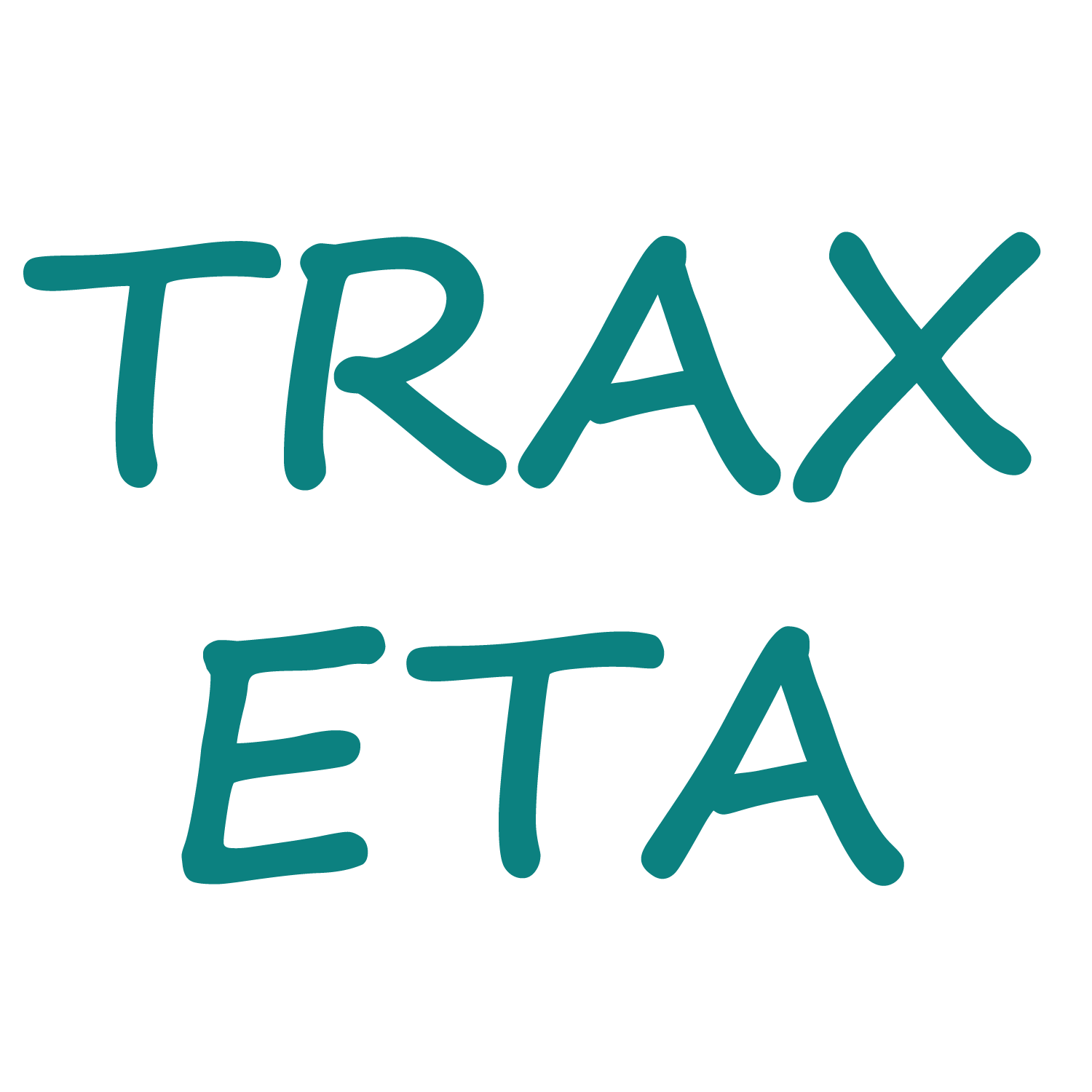
TRAX-ETA Microservice
Affiliation: Kaleris (July 2022 - November 2021)
I developed a microservice focusing on Rail Car Trip Missing Event Mapping. This microservice addressed the issue of identifying and mapping missing events in rail car trips. By leveraging advanced algorithms and data analysis techniques, the solution was able to detect discrepancies and fill in gaps in the event data.
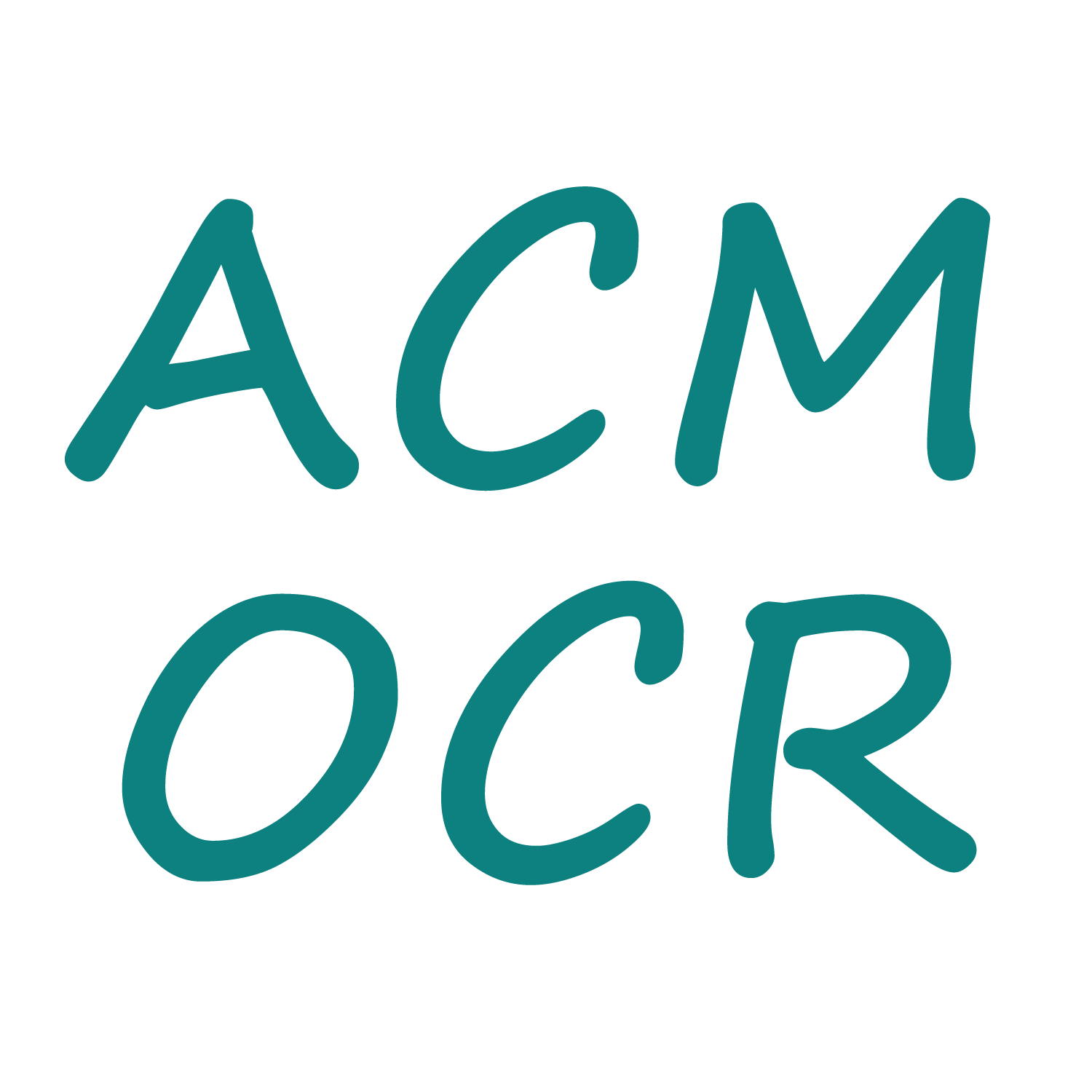
ACM-OCR Microservice
Affiliation: Kaleris (July 2023 - July 2022)
In this project we used optical character recognition based microservice for Accessorial Charge Management to audit railroad demurrage invoices.
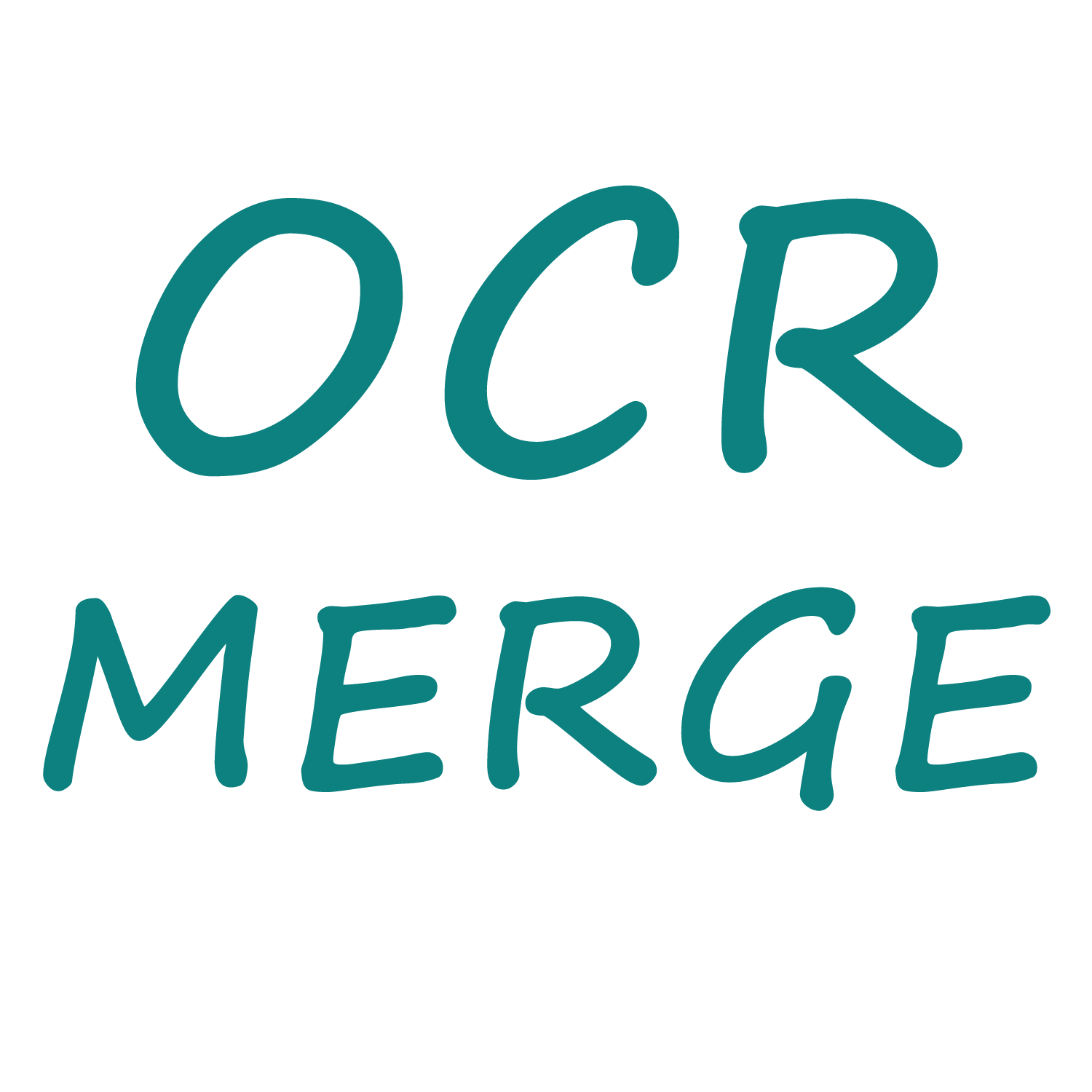
OCR-MERGE Microservice
Affiliation: Kaleris (July 2023 - February 2023)
Using this microservice, I centralized all the Optical Character Recognition related microservices into a single gateway.
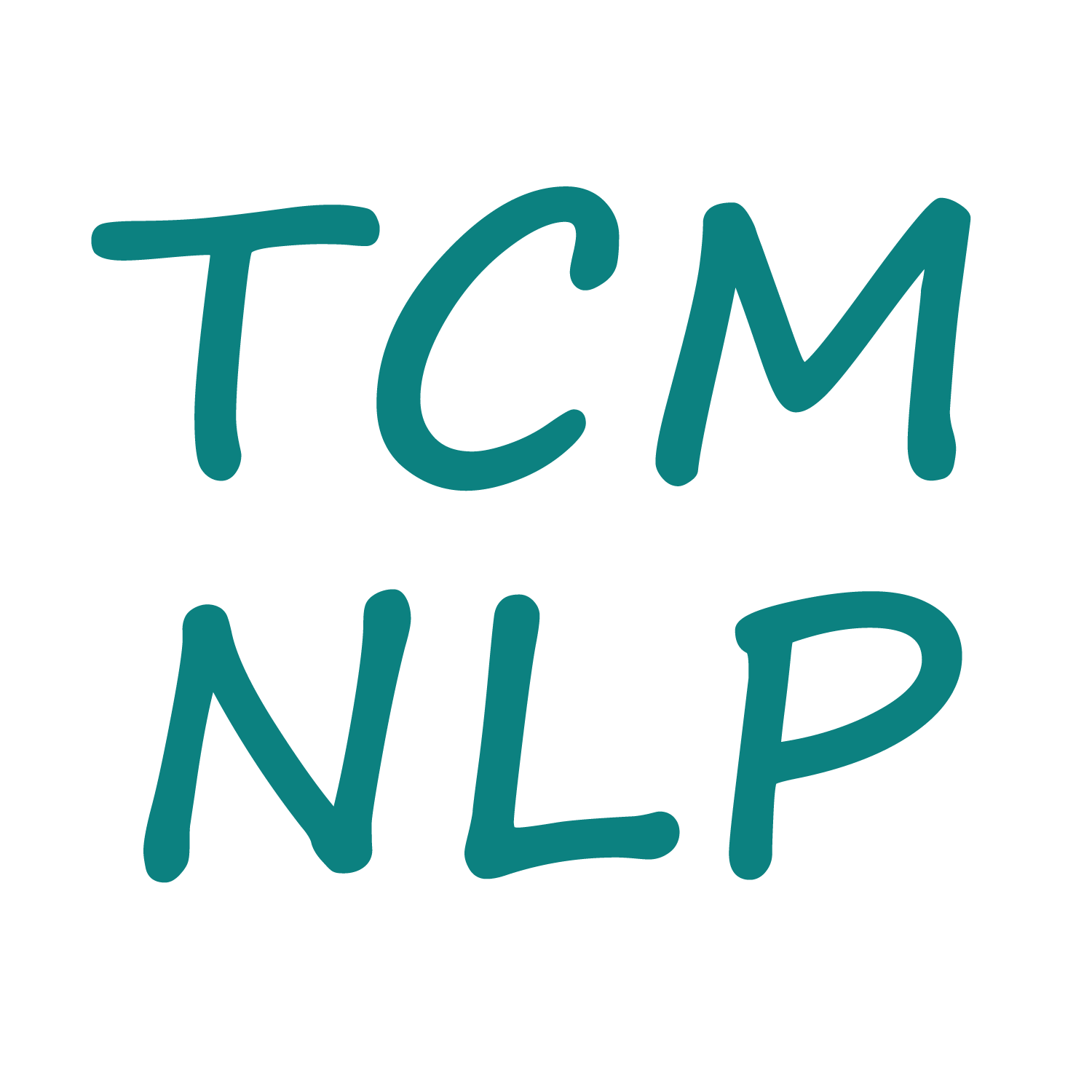
TCM-NLP Microservice
Affiliation: Kaleris (December 2022 - May 2021)
This is a natural language processing (NLP) based microservice to extract attribute-related details from a given text string. The process begins with a voice command, which is converted into text. This text is then passed as input to the microservice. The output is a JSON document containing the extracted attributes from the string.
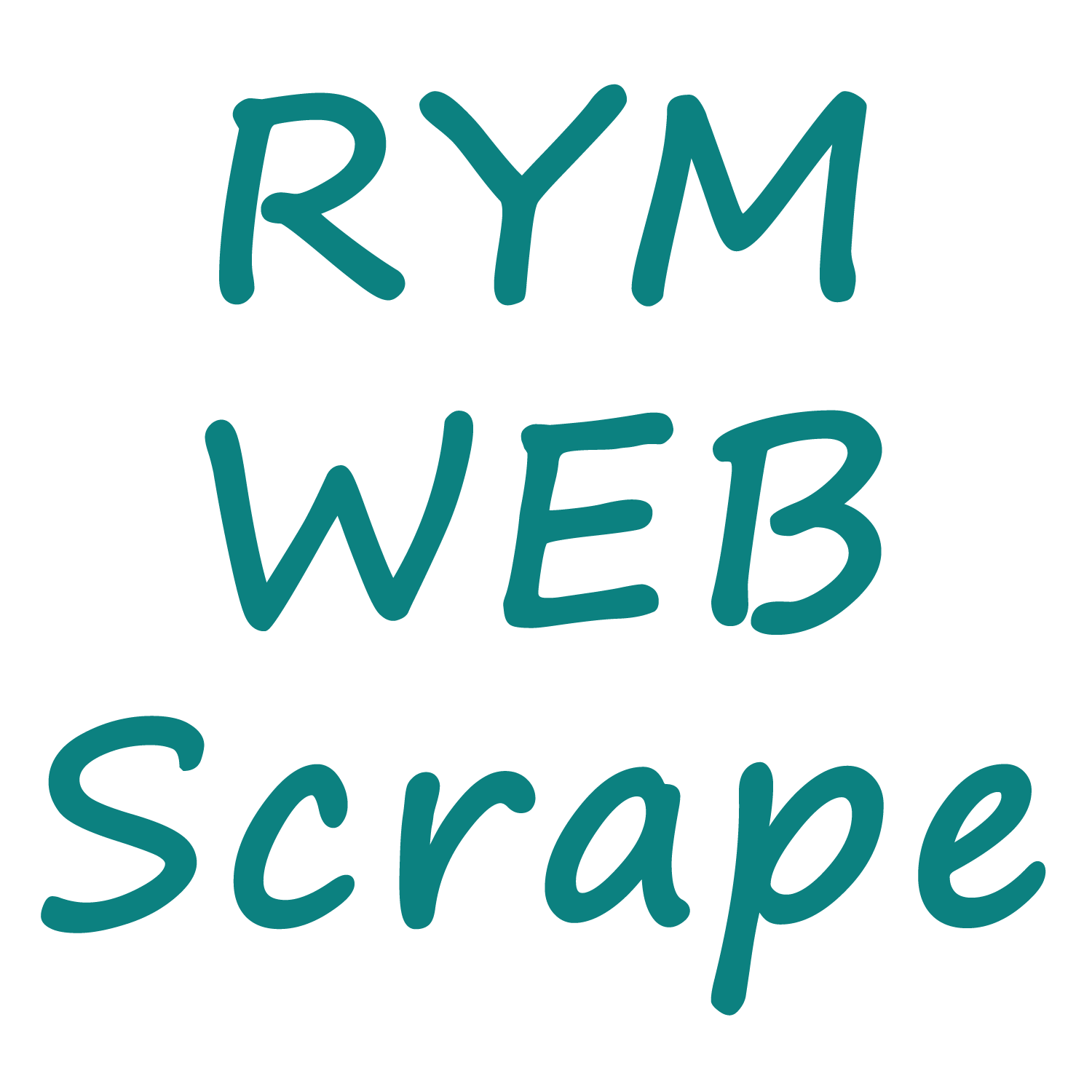
RYM-WEB-SCRAPE Microservice
Affiliation: Kaleris (November 2021 - September 2021)
We developed a web scraping microservice to extract Railcar Gauge Table details from multiple publicly available sources.
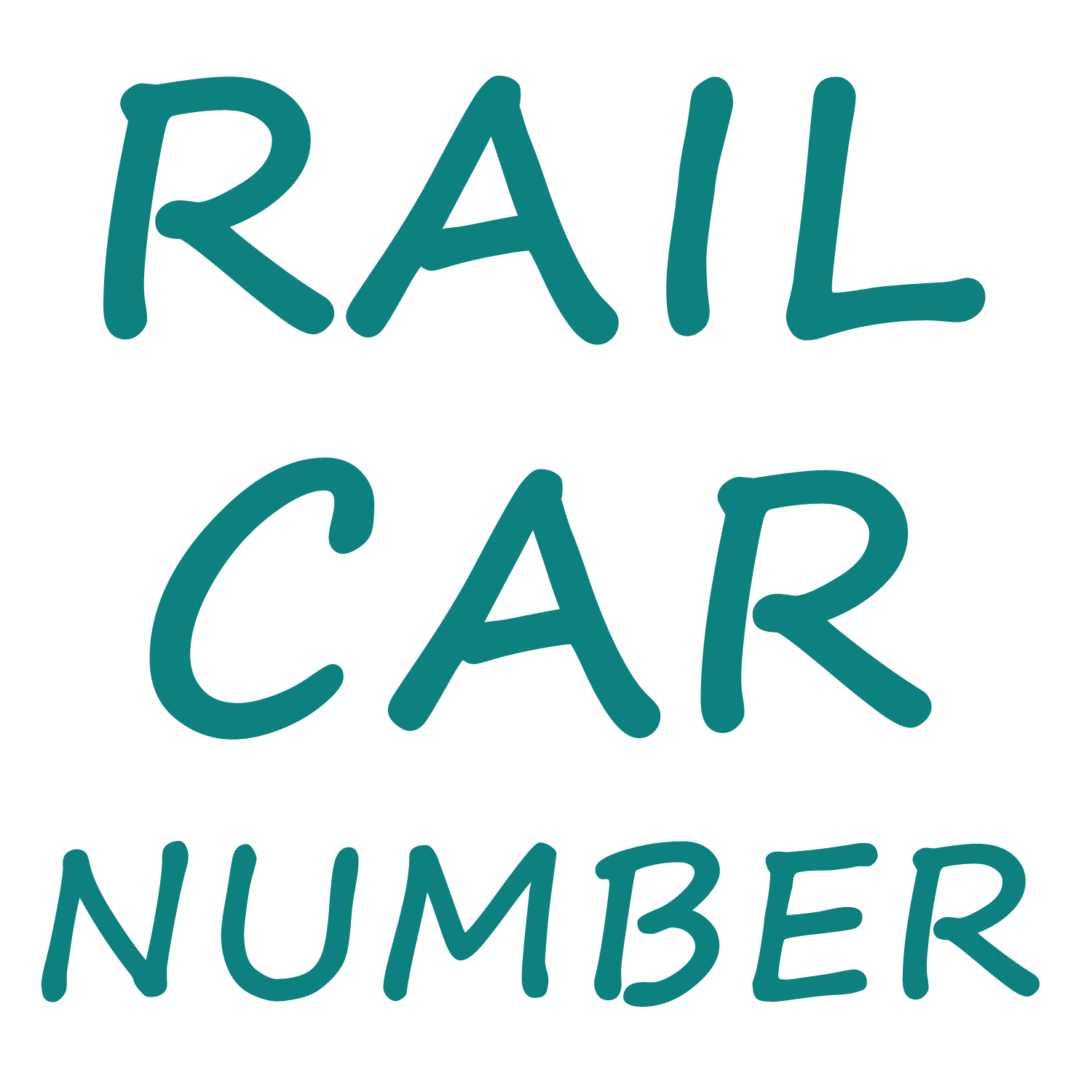
RAIL-CAR-NUMBER-EXTRACTION Microservice
Affiliation: Kaleris (July 2022 - November 2021)
I developed a rail car number extraction microservice. First, we localize the railcar number of the image using YOLOv3, and then we read the number using Pytesseract.
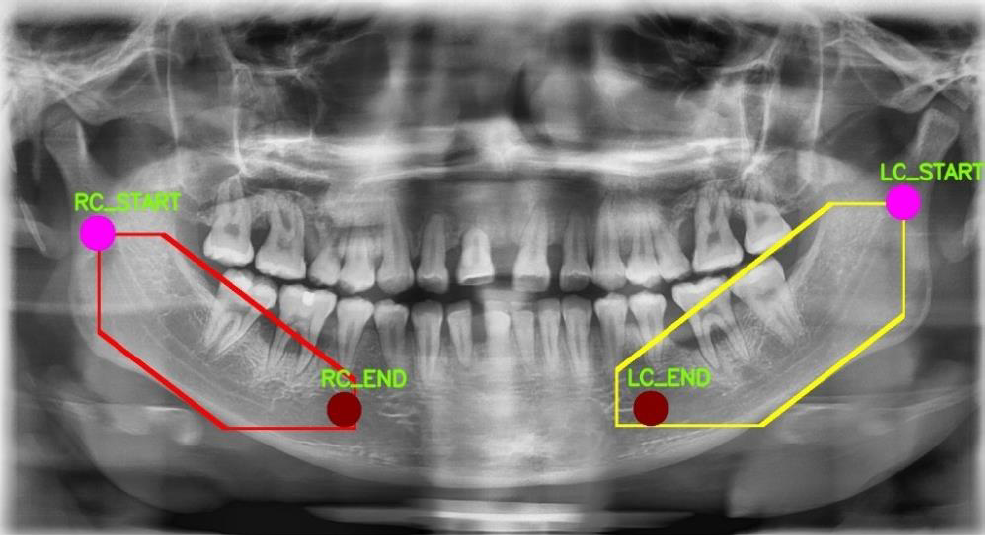
AHS 2022
Affiliation: University of Peradeniya (March 2023 - March 2022)
I developed a deep learning system for the detection of the mandibular canal on dental panoramic radiographs in a Sri Lankan population, in collaboration with a group of final year students from the Faculty of Allied Health Science. The system accurately identify and delineate the mandibular canal in radiographic images, a crucial aspect in dental diagnostics and surgical planning.
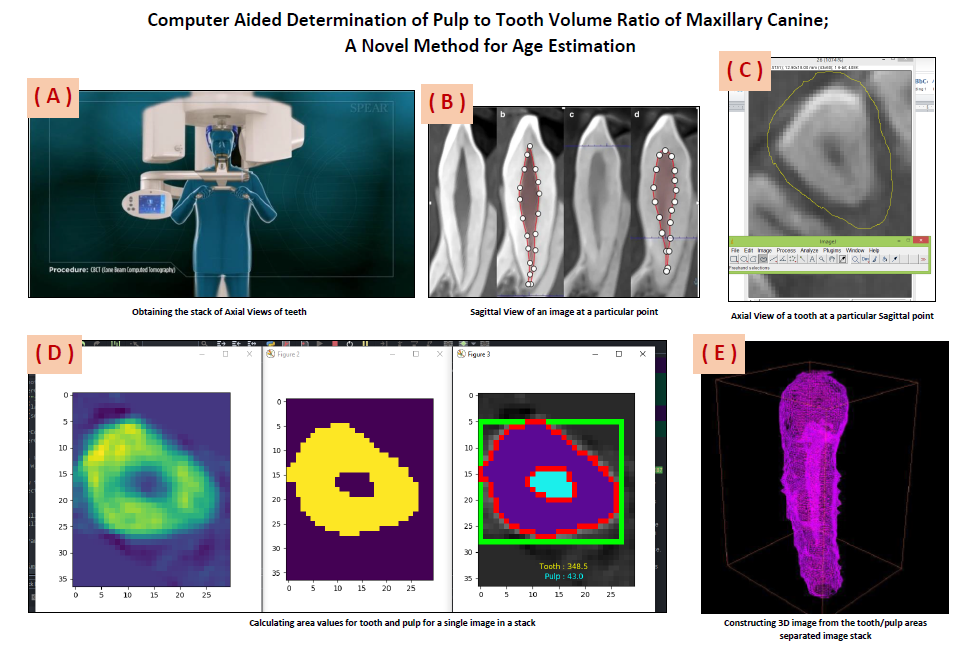
AHS 2021
Affiliation: University of Peradeniya (November 2021 - July 2021)
I developed a Python program for age estimation of Sri Lankan people using the maxillary canine tooth/pulp volume ratio in collaboration with a group of final year students from the Faculty of Allied Health Science. The program utilized dental imaging data to calculate the volume ratio between the maxillary canine tooth and its pulp.
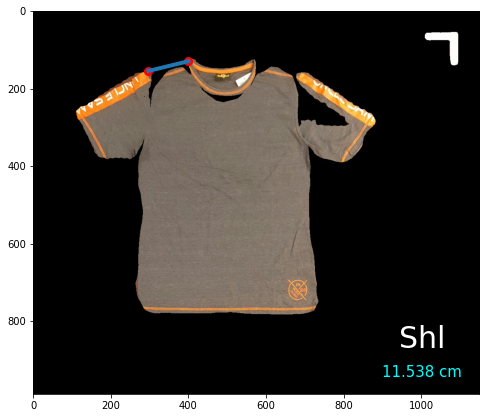
T-Shirt Measurements Calculation
Affiliation: UpWork (March 2021 - December 2020)
I developed a microservice to calculate 19 measurements of T-shirts using Mask R-CNN instance segmentation and OpenCV libraries. This microservice processes images of T-shirts to extract measurements for various parameters.
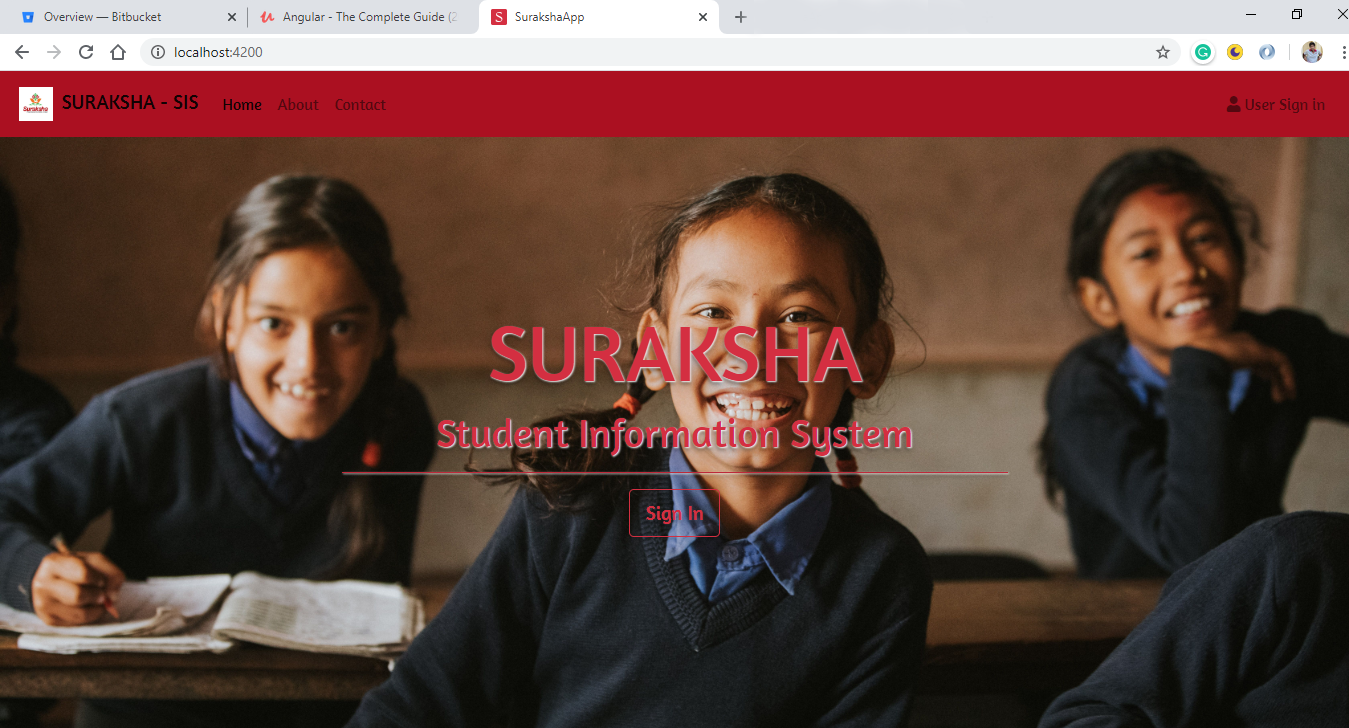
Suraksha SIS-IMS
Affiliation: University of Peradeniya (April 2020 - March 2019)
Suraksha Student Information Management System" is a web-based automated system designed to streamline the process for schools participating in the "Suraksha Students’ Insurance Scheme". This system alleviates the administrative burden by automating the collection, analysis, and form filling of student information required for annual submissions to the Zonal Education Office and Ministry of Education. Previously, this process involved significant human effort and time to compile and submit three types of spreadsheets annually. With the Suraksha system, administrators can now generate these spreadsheets within seconds, provided student details are correctly stored in advance.
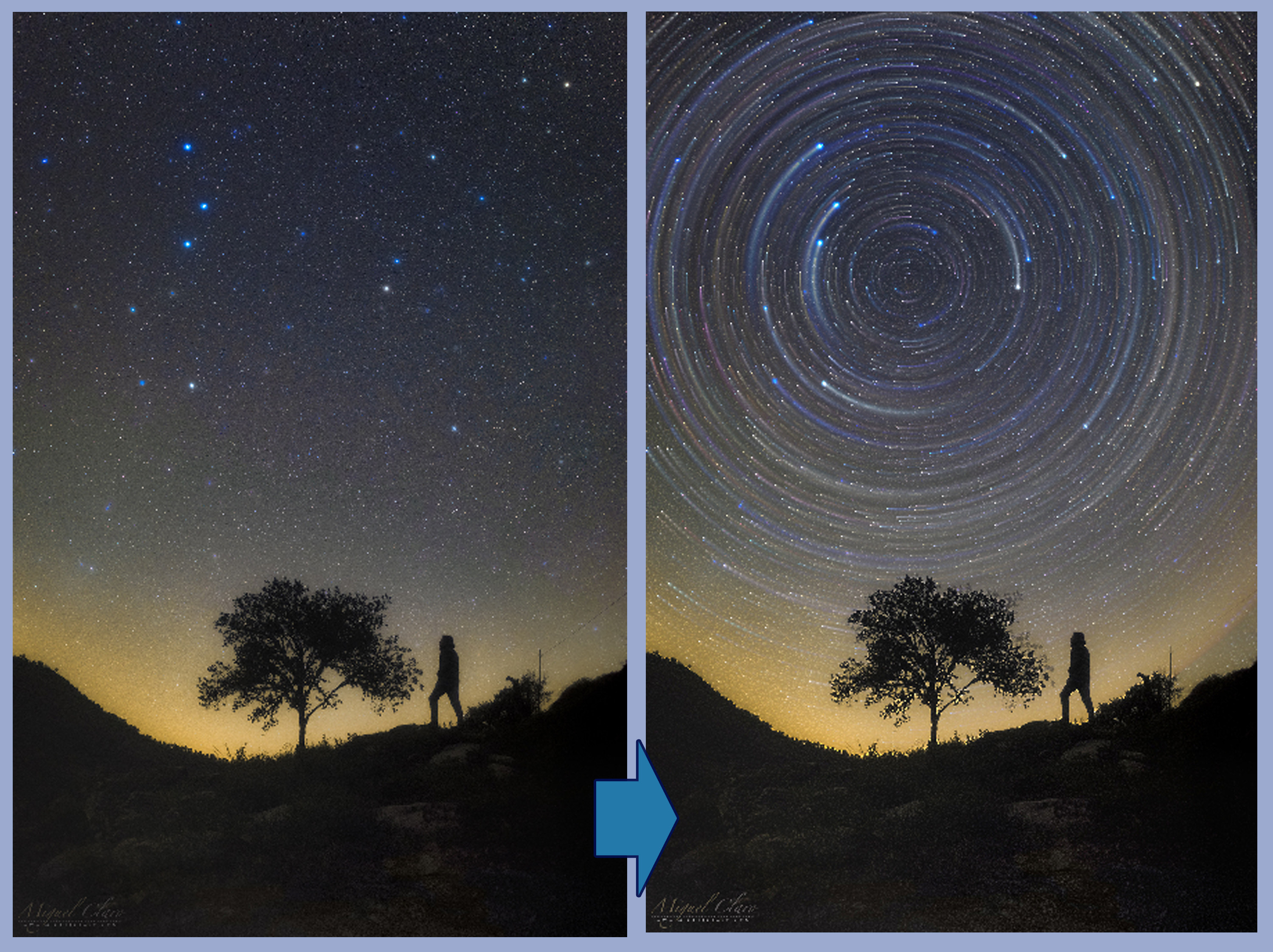
Generating Star Trails
Affiliation: University of Peradeniya (August 2019 - March 2019)
Star Trails is a photography effect commonly used by night sky landscape photographers, requiring either long exposure tools or hundreds of images and image stacking software, both of which are time-consuming and costly. I developed a Python program to generate star trails from a single still image using the "Hammad and Mobeen" technique. This program extends the original concept to maximize automation and efficiency. To handle illuminated foreground objects that can interfere with the star trail effect, the program incorporates the GrabCut algorithm to isolate and use only the background for the star trail generation.
References :